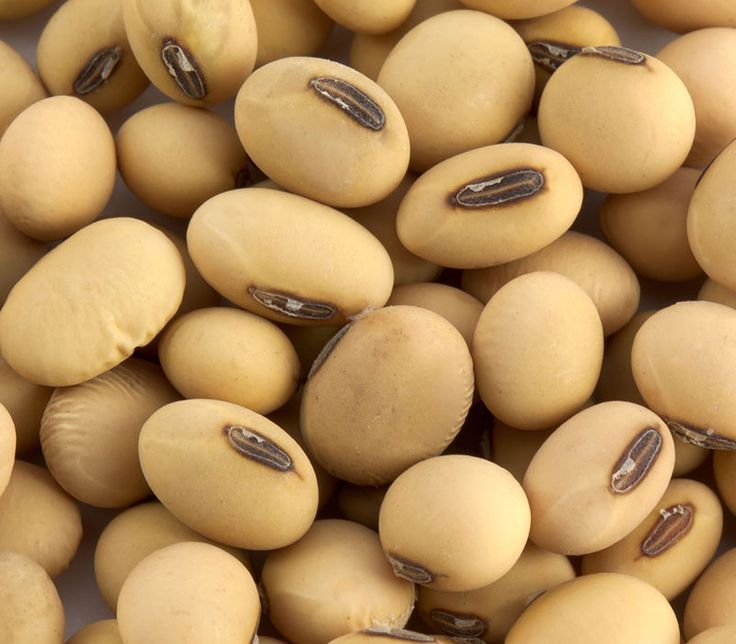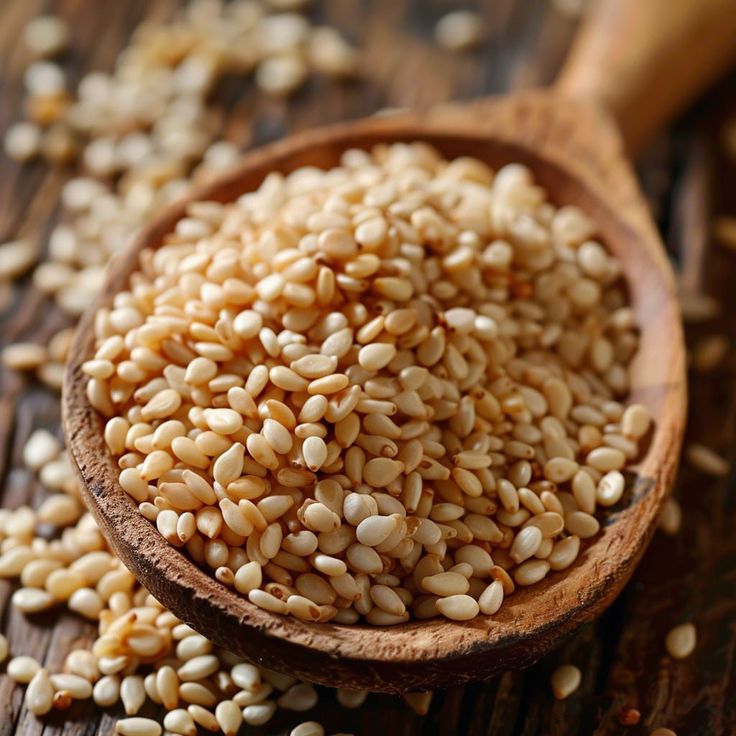Soya beans are one of the most traded agricultural commodities in the world, valued for their high protein content, versatile uses, and economic importance in the food, feed, and industrial sectors. The crop’s adaptability and year-round demand make it a profitable choice for exporters targeting both established and emerging markets.

Why Soya Beans Are in High Demand
-
Nutritional Excellence – High in protein, fiber, essential fatty acids, and isoflavones.
-
Wide Applications – Used in human food, animal feed, and industrial products.
-
Health Trends – Growing vegetarian, vegan, and plant-based diets have boosted soya’s popularity.
-
Global Supply Chain Importance – A staple ingredient in the production of dairy alternatives, meat substitutes, and protein supplements.
Key Uses of Soya Beans
-
Food Industry – Tofu, soy milk, soy flour, soy protein powder, soy sauce, tempeh.
-
Animal Feed – Soybean meal is a leading protein source for poultry, livestock, and aquaculture.
-
Oil Production – Soybean oil is a widely used cooking oil and ingredient in processed foods.
-
Industrial Uses – Used in biofuels, lubricants, adhesives, and biodegradable plastics.
Types of Soya Beans for Export
-
Yellow Soya Beans – Common for oil extraction, soy products, and animal feed.
-
Black Soya Beans – Used in traditional Asian cuisines and health food products.
-
Organic Soya Beans – Grown without synthetic chemicals; high demand in premium markets.
-
Non-GMO Soya Beans – Preferred by certain markets, especially in Europe and Asia.
Major Importing Markets
-
Asia – China, Japan, South Korea, Thailand (animal feed, food processing).
-
Europe – Netherlands, Germany, Spain, UK (food products, feed).
-
North America – USA and Canada (specialty imports for food manufacturing).
-
Middle East – UAE, Turkey, Egypt (oil extraction, protein products).
Export Processing Steps
-
Harvesting & Cleaning – Removal of stones, dust, and damaged grains.
-
Drying – Reducing moisture content to 12–13% for safe storage and transport.
-
Grading & Sorting – Based on size, purity, and intended market.
-
Packaging – Exported in bulk bags (25kg, 50kg, or 1MT) or custom retail packaging.
-
Storage – Kept in dry, cool, and pest-free environments.
Quality Standards & Export Requirements
-
Moisture Content – Generally 12–13% maximum.
-
Impurities – Less than 2% foreign matter for premium-grade exports.
-
Certifications – Organic, Non-GMO, ISO, or HACCP depending on buyer requirements.
-
Documentation – Phytosanitary certificate, certificate of origin, quality analysis report, and export license.

Why Soya Beans Export is Profitable
-
Steady Global Demand – Soya is a key input for multiple industries.
-
Price Stability – Less volatile compared to some other agricultural commodities.
-
Value Addition – Processing into soy oil, protein powder, or soy snacks increases profit margins.
IMEN GREEN GLOBAL LIMITED Advantage
We provide premium-grade soya beans sourced directly from trusted farms. Our strict quality control ensures purity, freshness, and compliance with buyer specifications.
Our export offerings include:
-
Bulk Yellow & Black Soya Beans – Cleaned, graded, and export-ready.
-
Organic & Non-GMO Soya Beans – For health-conscious markets.
-
Custom Packaging – Bulk or branded options available.
Conclusion:
Soya beans present one of the most reliable and lucrative opportunities in agricultural export. With proper handling, strict adherence to quality standards, and efficient logistics, exporters can secure long-term supply contracts and establish a strong global presence.







